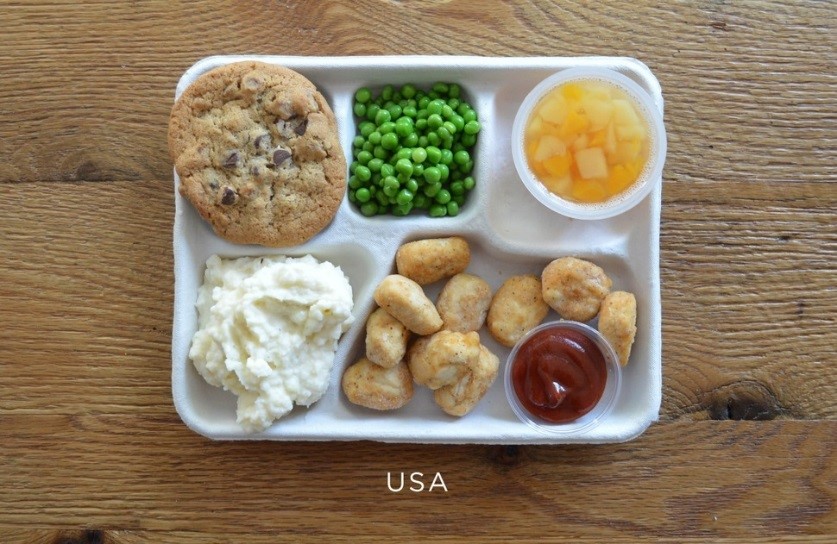March is National Nutrition Month. Nutrition can have many meanings to different people, but the bottom line is that the human body runs on what we put into it. One of Walden’s clinic dietitians, Bridget Hastings, MS, RD, CD-N, spoke with high school students about what proper nutrition looks like for a growing adolescent. One of the messages she made clear: There are no “good” or “bad” foods. That means it is ok to have candy, cake, or chips in moderation, however, it is very important to include foods that contain grains, protein, and fat on your plate. These foods are considered macronutrients and help the body stay energized throughout the day. Have you ever felt hungry shortly after a meal? You probably did not have a balanced meal, therefore your body is still craving the nutrients it needs to keep you going. Bridget also spoke about the importance of incorporating exercise into your everyday life. It is vital to maintain some kind of movement throughout the day. It is recommended that teens get at least one hour a day of physical activity. If you are on a school sports team achieving this may be easy, for those who do not take part in sports there are many ways to get the body moving like taking a walk, having a part-time job that enables you to move around frequently like babysitting or stocking store shelves, skateboarding or dancing. Being active helps throughout childhood into adulthood and is important for development of the muscles and bones as well as the brain!
Schools are working with students to improve their overall health by engaging them in programs like Choose My Plate, or Fuel Up to Play that give school aged kids the choice of what to eat. My Plate was started by the USDA in an effort to get kids visualizing their plate. With the intention of having every child in America be able to visualize a plate including grains, protein, fat, vegetables and fruits. Fuel Up to Play is a program that was started by the NFL and National Dairy Council as-well-as the USDA with the goal of getting kids making small changes to their diet in school combined with at least 60 minutes of activity of day. Students have the ability to win prizes like tickets to sporting events or new athletic equipment for their schools. The program gives the students the power to choose more nutritious breakfast and lunch items rewarding them with activities that encourage movement. While U.S. school lunches have improved vastly since the time when ketchup was considered a vegetable, there is still a long way to go to catch up with other countries.
What School Lunch Plates Look Like Around the World
ITALY
Local fish on a bed of arugula, pasta with tomato sauce, caprese salad, baguette and some grapes
FINLAND
Pea soup, beet salad, carrot salad, bread and pannakkau (desert pancake) with fresh berries
FRANCE
Steak, carrots, green beans, cheese and fresh fruit
BRAZIL
Pork with mixed veggies, black beans and rice, salad, bread and baked plantains
SOUTH KOREA
Fish soup, tofu over rice, kimchi and fresh veggies
GREECE
Baked chicken over orzo, stuffed grape leaves, tomato and cucumber salad, fresh oranges and Greek yogurt with pomegranate seeds
UKRAINE
Mashed potatoes with sausage, borscht, cabbage and syrniki (a desert pancake)
SPAIN
Sautéed shrimp over brown rice and vegetables, gazpacho, fresh peppers, bread and an orange
UNITED STATES OF AMERICA
Fried “popcorn” chicken, mashed potatoes, peas, fruit cup, and a chocolate chip cookie
There is a huge discrepancy between the lunch served in the USA compared to other countries. Proper nutrition for our children is vital to an overall healthy lifestyle. Giving children the opportunity to eat nutritional, unprocessed food is important and will affect their cognitive development as well as physical condition. It is important to be aware of how your school compares. Do they participate in programs that are available to them? Are they aware of new federal guidelines? Asking these questions can start the conversation around nutrition in the schools as-well-as the community it serves.
####







